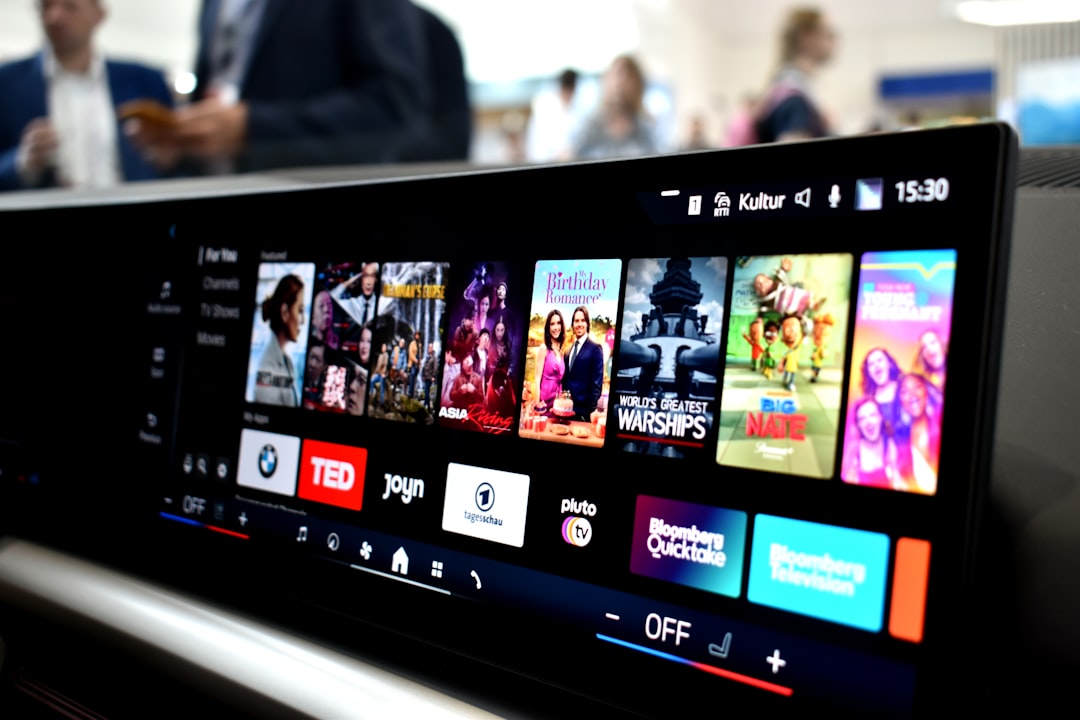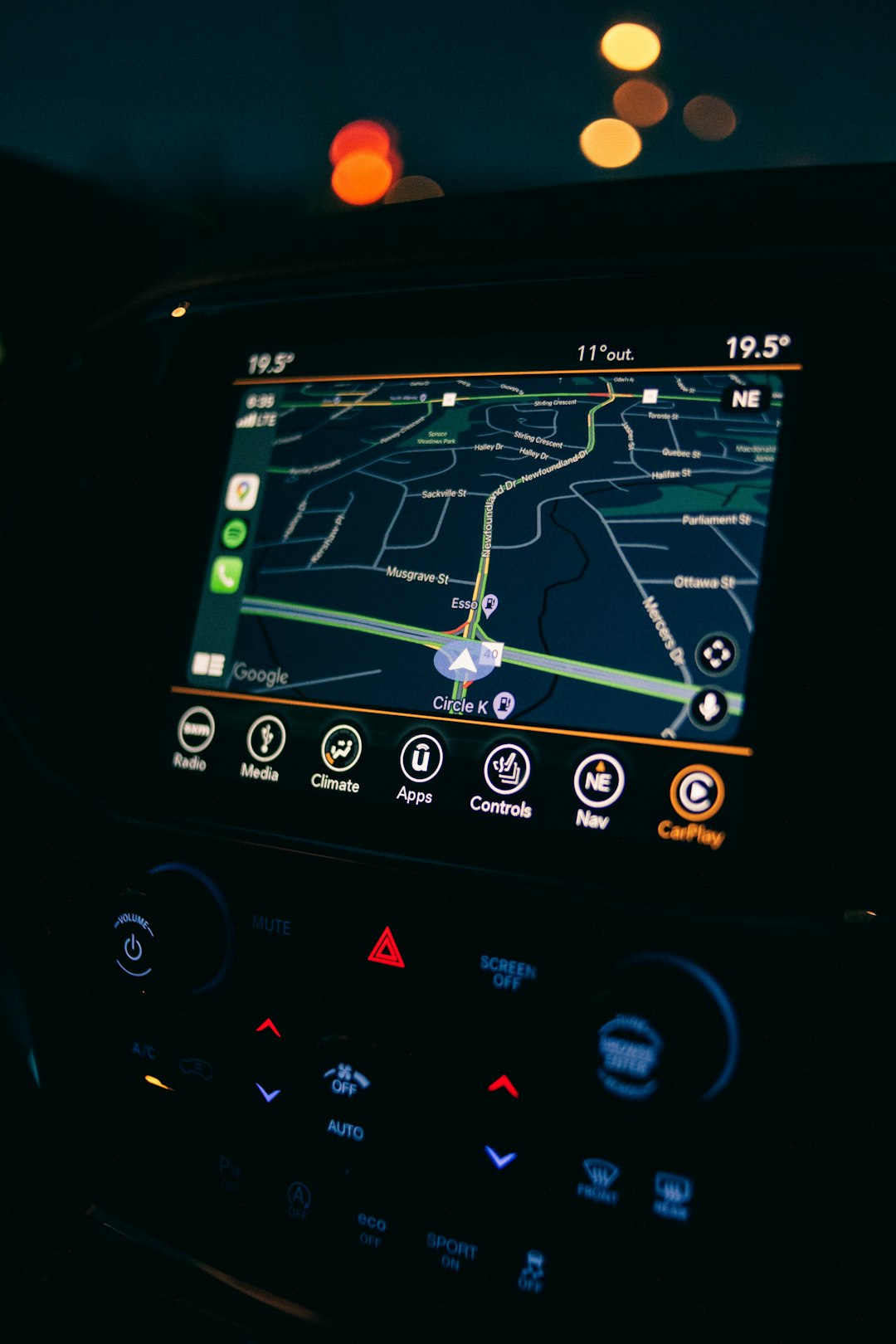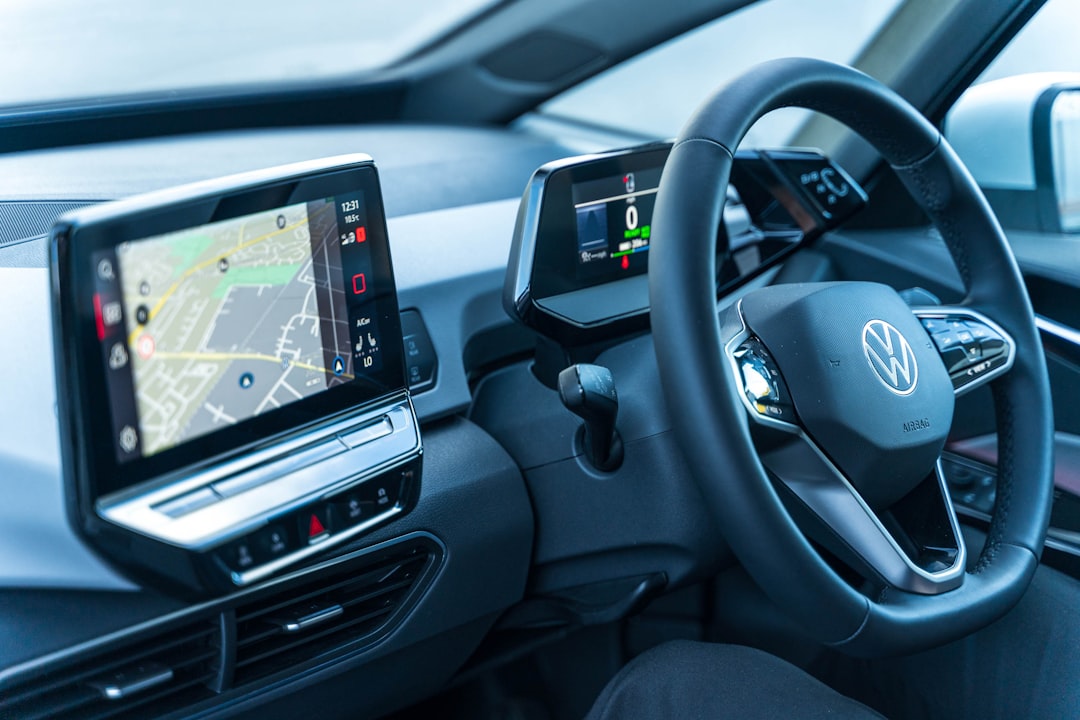
Fix “Android Auto Must Be Preinstalled on This Device” Error 22
If you’ve encountered the frustrating message “Android Auto must be preinstalled on this device – Error 22” while trying to use Android Auto, you’re not alone. This error often pops up unexpectedly and leaves many users wondering what it means and how to fix it. Whether you rely on Android Auto for navigation, music, or voice control while driving, not being able to use it can be seriously inconvenient.
In this article, we’ll break down the meaning of this error, what causes it, and more importantly, how to fix it. From basic troubleshooting to advanced solutions, here’s everything you need to get your Android Auto back up and running smoothly.
What Does Error 22 Mean?
Error 22: “Android Auto must be preinstalled on this device” indicates that the app cannot function because it wasn’t originally included as part of your phone’s operating system. Android Auto used to be a downloadable app from the Google Play Store, but in recent versions of Android, it’s integrated directly into the system. This shift is what commonly leads to the Error 22 issue—especially on newer devices or those with custom ROMs.
Why This Error Occurs
There are a few primary reasons you might encounter this error:
- Your phone doesn’t officially support Android Auto
- The app was sideloaded rather than preinstalled
- You’re using a custom ROM or a rooted device
- Android Auto is disabled by the manufacturer or carrier
- A recent update corrupted your Android Auto installation
Understanding the root cause can help you select the proper fix. Let’s look at some solutions that have worked for other Android users.
Solutions to Fix Error 22 in Android Auto
1. Check for Android Version Compatibility
Ensure your phone runs a version of Android that supports Android Auto natively. Android Auto has been integrated into the operating system starting with Android 10. If your phone is running Android 9 or earlier, you’ll need to manually download the Android Auto app from the Google Play Store—if you can; otherwise, it simply might not be supported.
Steps:
- Go to Settings > About Phone
- Check your Android version
If your device is on Android 10 or newer and you’re still getting the error, read on.
2. Use the “Android Auto for Phone Screens” App
Google had a temporary workaround app called “Android Auto for Phone Screens” for users who upgraded to Android 10 but still needed to access the Android Auto interface on their phones. While now deprecated, it’s sometimes still available via APK download.
To try this workaround:
- Download the APK for Android Auto for Phone Screens from a trusted source like APKMirror.
- Install the APK and attempt to use Android Auto as normal.
Note: Be cautious when sideloading APKs to avoid installing malicious software.

3. Check System Apps to Enable Android Auto
In some smartphones, Android Auto may be installed as a system app but appears to be missing or disabled. Here’s how to locate it:
- Go to Settings > Apps or Apps & Notifications
- Tap on the three-dot menu and select Show system apps
- Search for Android Auto
- If it appears disabled, tap on Enable
Once enabled, try launching Android Auto again from your car’s infotainment system or your smartphone.
4. Use a Custom ROM? Double Check Compatibility
If you are using a rooted phone or running a custom ROM like LineageOS, you may have stripped down or modified system apps that Android Auto relies on. Unfortunately, Android Auto checks whether it was preinstalled on “stock” devices. This check can cause Error 22 to appear.
What to try:
- Reinstall Google Play Services and Android Auto via the recovery OS
- Use Magisk modules that spoof required services (experienced users only)
- Consider reflashing a stock firmware image that includes Android Auto
5. Use Android Auto Wireless or USB Mode Based on Your Car
Sometimes, the error could stem from connection issues unrelated to app installation. If your vehicle only supports Android Auto over USB and you’re trying to connect wirelessly, or vice versa, Android Auto may fail to initialize properly.
Quick tips:
- Try switching connection types (USB or Bluetooth)
- Use a high-quality USB cable that supports data transfer
- Update your car’s infotainment system firmware if available

6. Roll Back Google App or Play Services Updates
Android Auto relies heavily on updated versions of the Google App and Play Services. An experimental beta or buggy update could be causing Error 22.
Roll back these apps to stable versions using the steps below:
- Go to Settings > Apps > Google App
- Tap Uninstall updates
- Repeat the same for Google Play Services
- Reboot your device and reattempt the Android Auto connection
Be aware that uninstalling updates may affect the behavior of other Google services temporarily.
Alternative Approaches
If none of the primary solutions work, there are still ways to access similar features:
1. Use Google Assistant Driving Mode
Google Assistant Driving Mode is intended to replace Android Auto on smartphones and offers voice control, navigation, and media playback directly. To activate:
- Say “Hey Google, open Driving Mode” or navigate from the Google App settings
- Ensure all permissions and toggles are enabled
- Start navigation via Google Maps and Driving Mode will activate
2. Use Third-Party Solutions
Several independent apps on the Play Store attempt to emulate certain Android Auto functionalities. While not as robust or car-integrated, they can serve as temporary fixes:
- Car Dashdroid: A home screen replacement geared toward driving
- AutoMate: Offers music control, GPS links, and voice support
- Drivemode: Highly customizable and supports hands-free controls
Prevention Tips and Best Practices
To avoid facing the Error 22 message again, follow these best practices:
- Use officially supported Android devices for your region
- Keep system apps up-to-date via the Google Play Store
- Refrain from rooting or heavy OS customization unless you’re an advanced user
- Only sideload apps from trusted APK sources
Final Thoughts
Getting around Error 22: Android Auto Must Be Preinstalled On This Device can be tricky, but understanding the root cause gives you a definite edge. Whether your device lacks native support, you’re experimenting with custom ROMs, or a recent software update introduced bugs, there’s usually a workaround that can help you regain Android Auto functionality.
By staying informed and using the fixes outlined above, you should be able to get your in-car digital assistant back in action—making your driving experience safer, smarter, and more enjoyable.
If you’ve found a solution that isn’t mentioned in this article, consider sharing it with the community. With so many different Android devices and versions in circulation, collective experience can often be the best tool against errors like these.